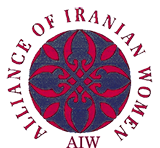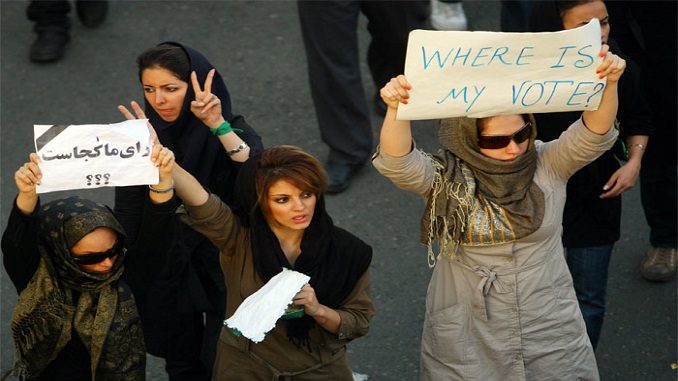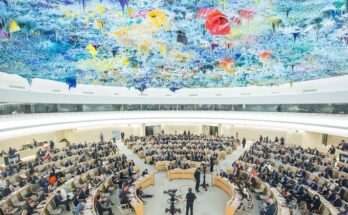By AIW Staff
When speaking to an international audience, Khomeinist officials often cite the fact of these elections as “evidence” that the regime is representative of the Iranian people. Mohammad Javad Zarif, the regime’s foreign minister, and the most vocal spin doctor for the ruling order, has repeatedly claimed that 73% of Iranians vote in the elections, contending that the people of Iran approve of the regime.
Zarif’s claims however do not stand up to any scrutiny. Here are the reasons why:
- The 73% participation rate that Zarif likes to repeat, is the data that come from the regime itself, specifically, the interior ministry. No outside observers are allowed to monitor the elections, and foreign journalists are never allowed to visit polling sites outside of a few areas of Tehran, where presumably most of the regime’s supporters live. Thus, considering the regime’s proven history of falsifying, their figures, Mr. Zarif’s numbers cannot be accepted unquestionably. In addition, there are many accounts of Iranians reporting that they have been coerced into voting. university students have had to show proof of having voted or face expulsion, workers were told to present voter’s documents in order to receive their pay, and members of the Basij militia have been going door to door throughout neighborhoods, rounding up people to drag along to the polls. And even the dead have voted in staggering numbers.
- The candidates are always preselected. The Guardian Council, a body of appointed clerics, deliberately ensures that anyone permitted to stand for office is a committed Khomeinist and willing to go along with “the insider” track. considering the facts, no one opposed to the regime would know not to even try to stand for office. Underground polls conducted in Iran by international democracy advocacy organizations have repeatedly shown that were free parliamentary elections allowed, regime’s opponents would win by a massive landslide.
- The regime’s constitution will even give the Supreme Leader, Ali Khamenei, the power to override any and all decisions taken by the handpicked elected officials, also.
The ruling Shi’a clerics were long opposed to women even being able to vote, given that they believe that women are the men’s property. Under Sharia law women are considered to have the same rights as minors, criminals, and the mentally ill.
The regime that Mr. Zarif serves, actively shuts women out of all the political processes, women under the current regime are again relegated to the status of nonpersons.
In the words of an open letter sent by 14 women activists last year, the Shia clerics have “effaced one half of the country’s population – in all of their capacity and capability – and disrespectfully detracted from our equal rights and human grace…… many of the basic human rights of we women were sacrificed, and women’s sexuality and identity became beholden to the iron grip of the Guardianship of the Male Sex and patriarchal culture.”
Zarif is cognizant of the fact that Iranian women realize that under the Khomeinist gender apartheid, their situation will never change. This is why women’s rights campaigners have repeatedly and publicly boycotted the sham elections in Iran and called for governance that will respect the separation of religion and state and a democratic government for and by the people.
Mr. Zarif appears to have forgotten the 2009 uprising where Iranians all across the board poured into the streets to ask “where is my vote;” or perhaps he hopes that the world at large has forgotten.
The next legislative election in Iran is scheduled for 21 February 2020.




